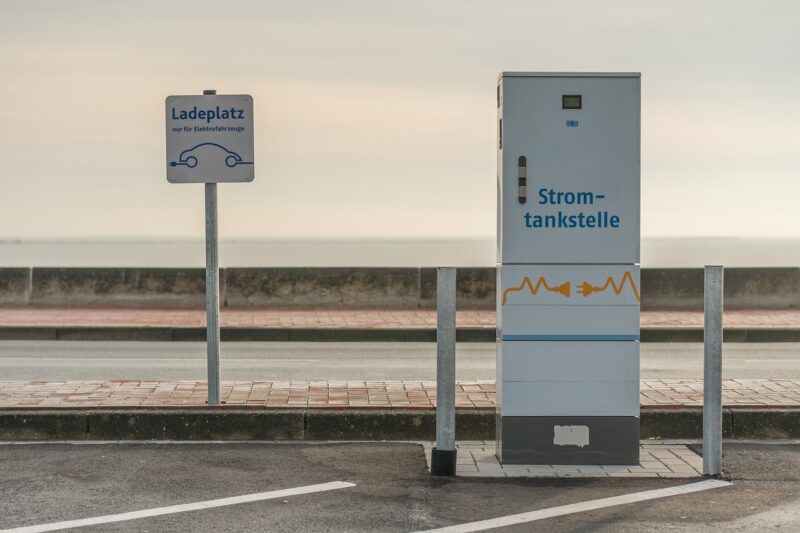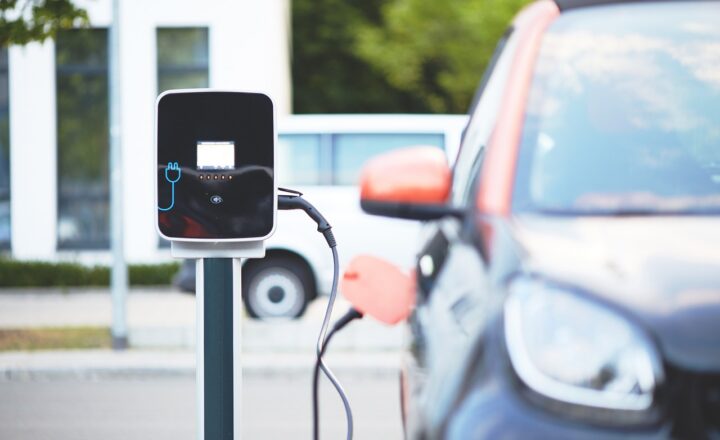The Evolution of EV Motors: How They’re Becoming More Efficient
November 12, 2024

Electric vehicles (EVs) have witnessed remarkable transformations over the past decade, especially concerning the efficiency of their motors. As concerns about climate change and fossil fuel dependency grow, the demand for more efficient and powerful electric motors has surged. This article delves into the evolution of electric vehicle motors, the technology behind them, and how these advancements are leading to more efficient electric vehicles.
The Basics of Electric Vehicle Motors
Electric vehicle motors convert electrical energy from the battery into mechanical energy to drive the vehicle. Unlike internal combustion engines (ICE), which burn fuel to produce power, electric motors deliver instant torque, making them more responsive and efficient in converting energy into motion.
EV motors typically fall into two main types:
- AC Motors: Commonly used in electric vehicles, AC motors are favored for their efficiency and ability to run at varying speeds. They are also known for their ability to recover energy during braking, enhancing overall efficiency through regenerative braking.
- DC Motors: While less common in modern EVs, DC motors were used in earlier electric vehicles. They offer simplicity and ease of control but are generally less efficient than AC motors at higher speeds.
Electric motor technology continues to evolve, significantly impacting the future of electric vehicles.
1. Advancements in Electric Motor Efficiency
Electric motors have come a long way since their inception. Key advancements that contribute to higher efficiency include:
- Improved Materials: The use of lightweight materials, such as high-strength aluminum and composites, has reduced the weight of electric motors without compromising performance. Lighter motors lead to more efficient vehicles, as less energy is required to move the vehicle.
- Magnetic Technologies: The development of more powerful permanent magnets has led to enhanced torque and power density in electric motors. Technologies like neodymium magnets are now commonplace, providing superior performance compared to traditional magnetic materials.
- Advanced Cooling Systems: Efficient thermal management is crucial for optimal motor performance. Innovations in liquid cooling and heat-dissipating materials help maintain lower operating temperatures, enhancing the lifespan and efficiency of electric motors.
- Inverter Technologies: Sophisticated inverters enable more precise control of electric motors, allowing for better modulation of power output. This translates to increased efficiency and improved performance under varying conditions, such as acceleration and climbing hills.
These advancements contribute not only to the efficiency of electric motors but also to the overall performance and range of electric vehicles.
2. The Role of Software in Motor Efficiency
In addition to hardware advancements, software developments are integral to optimizing electric vehicle motor efficiency. Through the use of advanced algorithms and real-time data analysis, manufacturers are now able to:
- Optimize Torque Delivery: Software can effectively manage the torque delivery based on driving conditions, ensuring that power is only used when necessary, which enhances both performance and efficiency.
- Improve Energy Recovery: With improved regenerative braking systems, software can maximize energy recovery during deceleration, redirecting energy back into the battery to extend the vehicle’s range.
- Adaptive Driving Modes: Many modern EVs feature adaptive driving modes that adjust the vehicle’s response based on the driver’s preferences and driving conditions. This allows for tailored performance and energy efficiency, enhancing the driver’s experience while conserving energy when possible.
The convergence of hardware and software innovations plays a vital role in making electric vehicles increasingly efficient.
3. Real-World Impacts of Efficient Electric Motors
The implications of advancements in electric motor efficiency extend beyond individual vehicles. A more efficient EV motor contributes to several broader impacts:
- Reduced Energy Consumption: As EV motors become more efficient, the overall energy consumption of electric vehicles decreases, leading to less strain on electricity grids, especially during peak charging times. This can translate into lower energy costs for consumers and a more stable energy supply.
- Lower Emissions: Enhanced efficiency means that less energy is required for the same performance, which in turn reduces the demand for energy generated from fossil fuels. Over time, this contributes significantly to lowering overall greenhouse gas emissions associated with transportation.
- Market Competitiveness: As electric vehicles become more efficient and cost-effective, they become increasingly competitive against traditional gasoline-powered vehicles. This shift can lead to greater adoption rates among consumers, further accelerating the transition to sustainable transportation.
Improving motor efficiency is a critical factor in addressing climate change and fostering environmental sustainability in the transportation sector.
4. Future Trends in Electric Motor Technology
Looking ahead, several trends are likely to shape the future of electric motor technology:
- Solid-State Batteries: The development of solid-state batteries promises to provide higher energy densities, faster charging times, and longer lifespans than traditional lithium-ion batteries. These advancements could enhance the overall efficiency of electric motors by pairing them with more capable power sources.
- Wireless Charging Technologies: Innovations in wireless charging systems are on the horizon. This technology can provide seamless and hassle-free charging experiences, allowing electric vehicles to maintain optimal battery levels without the need for plug-in charging, leading to more efficient energy use.
- Decentralized Charging Solutions: Advances in decentralized energy generation, such as solar PV systems, will allow users to charge their vehicles sustainably at home or work, enhancing the efficiency of the energy used in vehicle operations.
The future of electric vehicle motors is indeed promising, with continued advancements set to reshape the automotive landscape.
Conclusion
The evolution of electric vehicle motors is a reflection of technological advancements designed to address the pressing need for sustainability and energy efficiency in transportation. By enhancing motor efficiency through better materials, innovative designs, and smart technologies, we pave the way for a greener future with electric vehicles.
As manufacturers continue to push the boundaries of what is possible, consumers can look forward to more efficient, cost-effective electric vehicles that don’t skimp on performance or driving experience. The race toward efficient electric motors is not just a technical challenge; it represents a significant shift toward a sustainable and environmentally-conscious future.






